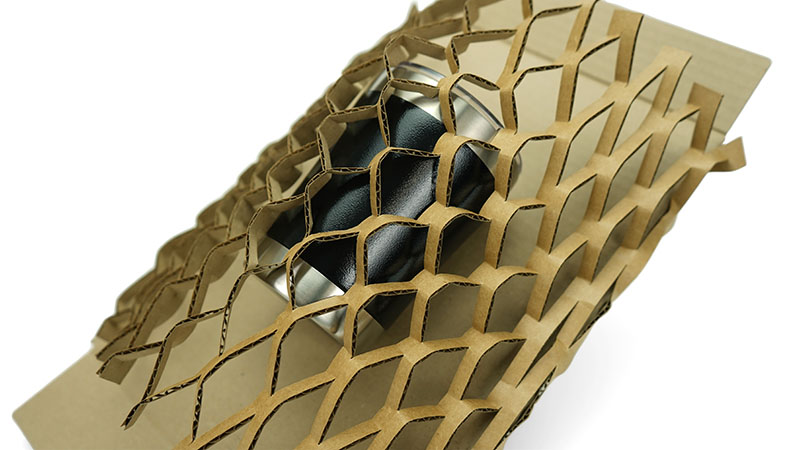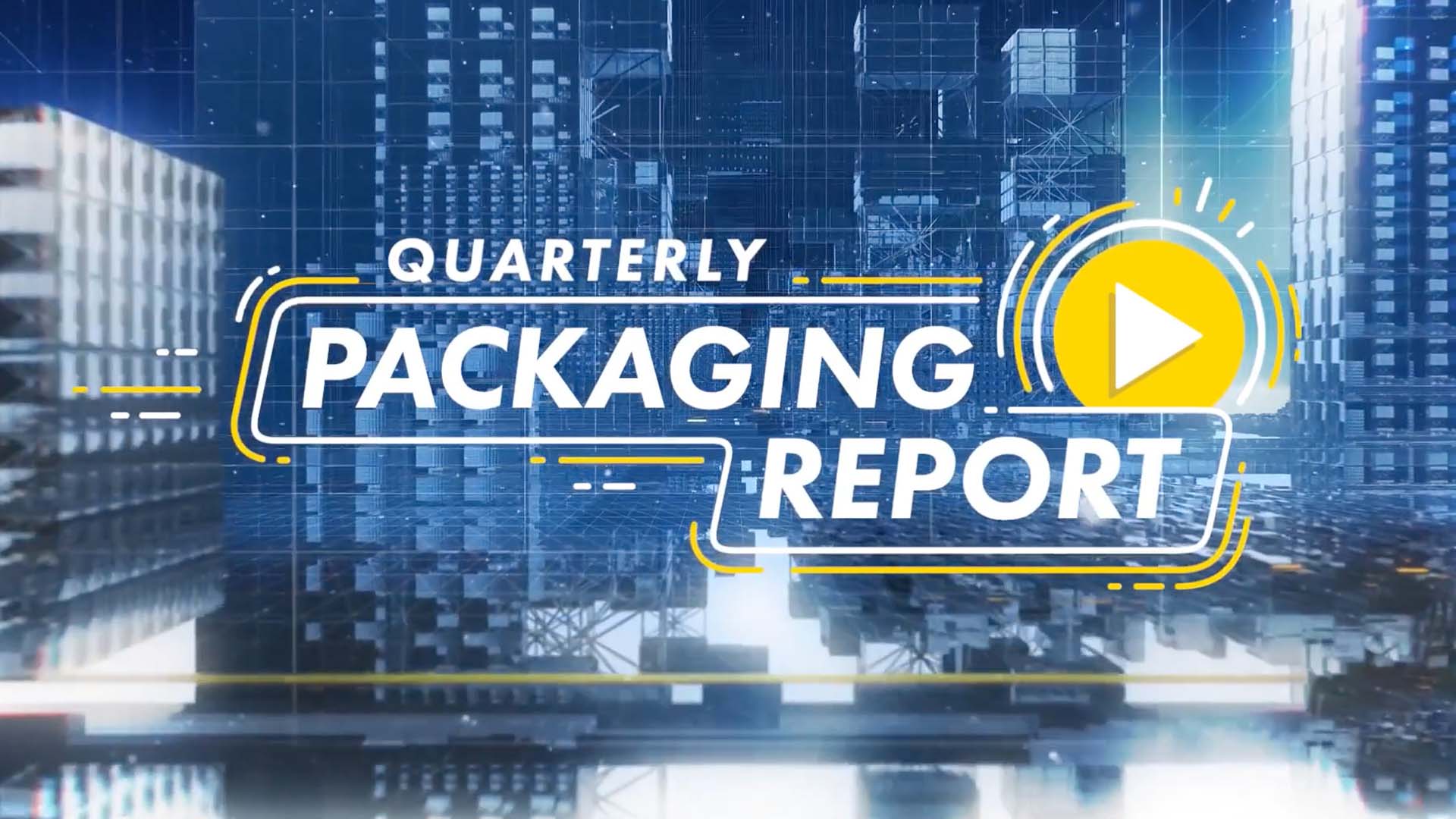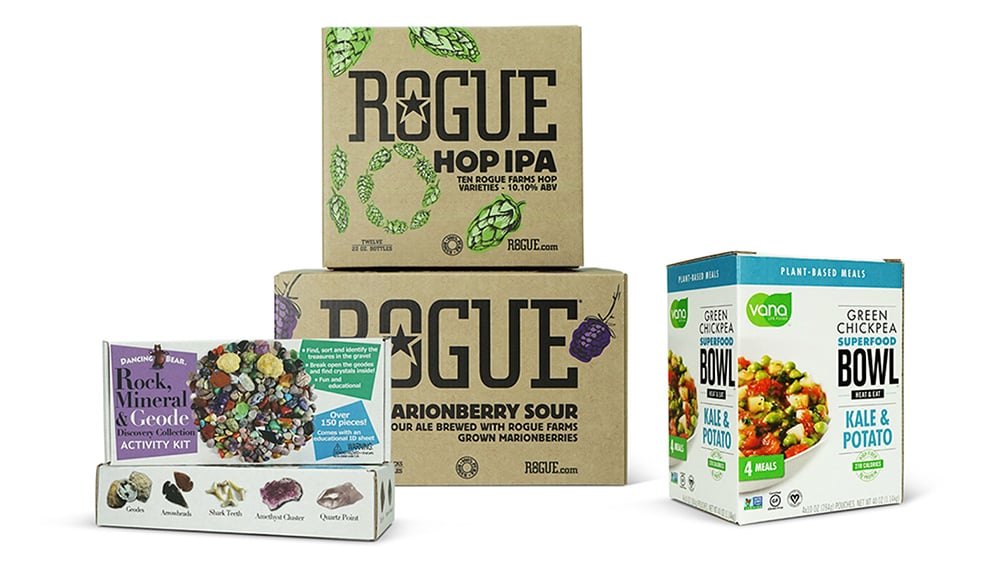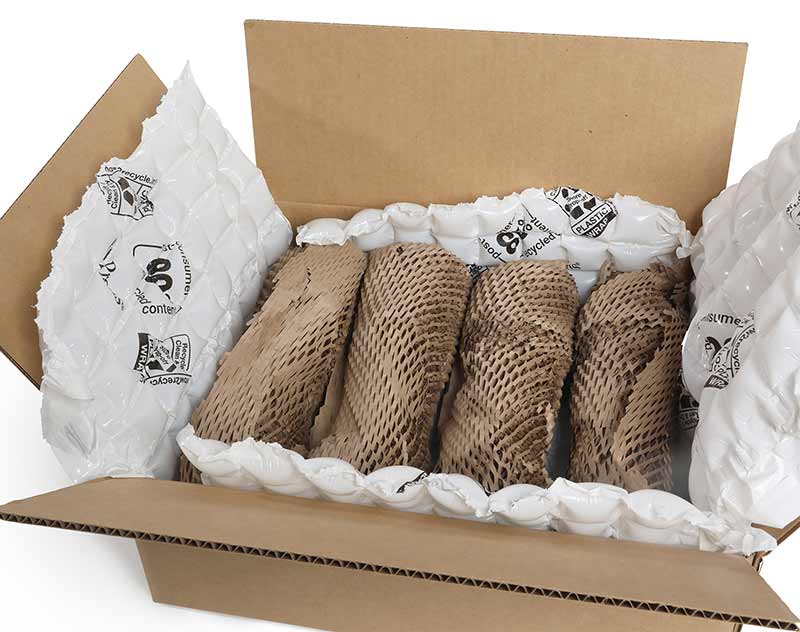4 Tips to Improve Your E-Commerce Packaging
E-commerce packaging is a strategic aspect of the online shopping experience. It includes everything from the materials and design to how functional the packaging is for shipping products to customers.
In today's highly competitive market, e-commerce packaging plays a pivotal role in shaping brand perception and driving repeat business.
Here are the 4 best practices you can consider to improve your e-commerce packaging and drive business success.
Understanding the Difference: Primary, Secondary, Tertiary Packaging
In e-commerce, packaging is crucial and plays a multifaceted role as products travel from warehouse to doorstep. There are three main types you need to know:
- Primary packaging – The packaging that directly encases the product that acts as an element of branding and the first layer of protection. Examples include bottles, jars, pouches, and blister packs.
- Secondary packaging – The packaging between primary packaging and the external environment that provides extra protection and aids in handling, such as corrugated boxes or shrink wrap.
- Tertiary packaging - The outermost layer of packaging elements, designed to consolidate and protect multiple units of products during storage, handling, and transportation. Examples include pallets, shipping containers, corner boards, and stretch
By focusing on sturdy primary packaging to keep products safe, creating eye-catching secondary packaging to reinforce brand identity, and using efficient tertiary packaging to make streamline logistics, businesses can build trust, satisfaction, and loyalty with their customers.
Best Practice #1: Protecting Product Comes First
Damaged products can harm the brand image, the bottom line, and the planet. That's why ensuring products arrive in their intended condition to your customers is the most crucial aspect of successful e-commerce packaging.
Depending on the product, you'll need to select the right protective packaging solutions for the 3 types packaging mentioned above, right-size your packaging, incorporate the correct inserts, choose suitable void fills, and use the most appropriate materials, taking into consideration any special needs of your product – such as maintaining a specific temperature range during shipping.

Here are a few protective packaging examples:
- Hexpand
- Foam
- Bubble
- Air pillows
- Packing papers
- Packing peanuts
- Padded mailers
- Cold chain packaging
Best Practice #2: Leverage the Unboxing Experience
Great e-commerce packaging leverages the unboxing experience to tell a compelling story. Use all the elements involved in your e-commerce packaging to convey a message unique to your brand. Think: First impressions.
Make sure the unboxing process is frustration-free for your customers. If you truly delight them, they will likely share their unboxing experience on social media. Word of mouth marketing is a powerful thing.

Here's a tip for creating frustration-free packaging: Think about the shape and format of your e-commerce box. Ask yourself, does this shape make the unboxing process more tedious? Can we simplify the steps needed to unbox?
Another great way to make your unboxing experience unique is by using printing technology to build stronger connections with your customers. For example, with digital print, you have the freedom to print what you want and how you want. You can produce eye-catching graphics with vibrant colors, include personalized messaging with variable content, and even incorporate features like connected packaging to encourage further interaction after purchase.
Best Practice #3: Provide a Delightful Return Process
Consider returns as an integral part of the entire e-commerce process. Regardless of how excellent your packaging and product may be, it's inevitable that some customers will return their purchases.
Here are a few packaging examples that can streamline the return process:
- Return mailers with an added tape strip
- Packaging that includes return instructions
- Prepaid return labels
- Easy-to-open packaging

Best Practice #4: Consider Sustainability and Disposability
Sustainable packaging is a must considering the shift in consumer behavior preferences and government regulations. It is recommended for your brand to start incorporating eco-friendly materials in your e-commerce packaging.
Using digitally printed packaging for e-commerce can also bring you significant sustainability benefits, including reducing waste by removing the need for print plates, delivering inventory agility by decreases packaging obsolescence, and more.
Disposability is also a key factor to consider. No one likes big bulky boxes and excess materials that are challenging to get rid of after receiving their products.
Here are a few material examples that are easy to dispose and recycle:
- Curbside recyclable corrugated boxes
- Recyclable padded mailers
- Biodegradable peanuts
- Post-consumer recycled air cushioning film
Designing Effective E-Commerce Packaging
E-commerce packaging plays a critical role in shaping brand reputation and driving customer retention. Effective e-commerce packaging does four things: protects the product, leverages the unboxing experience, simplifies the return process, and provides a frustration-free experience that considers sustainability and disposability.
If you’re looking to get started or need support in transforming your e-commerce packaging strategy, download our guide or contact our Packaging Advisors for a free consultation.
Subscribe
Share this post
Similar Articles

Quarterly Packaging Report: Q2 2024
Stay ahead of the curve in the world of custom packaging. This report brings you the most critical a …

A Guide to Sourcing Custom Wholesale Packaging
Discover how sourcing wholesale packaging from trusted manufacturing partners can expand your produc …

Paper, Plastic, or Foam: Selecting the Right Protective Packaging Materials
Learn how to select the right packaging materials to protect your product, brand, and the planet.
